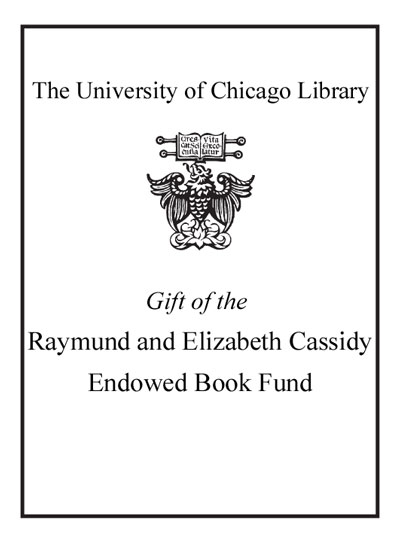Review by School Library Journal Review
Drawing from her experience in the Google Certified Innovator program, Whiting has produced a thought-provoking, useful manual centered on applying human-centered design (or a mindset that puts the needs, concerns, and motivations of stakeholders first) to the educational environment. Whiting demonstrates how educators can use the "How might we…" format to form questions that put student need first. For instance, "How might we transform our new curricula to help digital age students who need interactive, real-world experiences to demonstrate mastery of the AASL Curation standard?" After the problem is defined, Whiting advises educators to consult the stakeholders--often the students themselves--who are most affected by the issues arising from the problem. Once stakeholders are involved, educators can then help them find the best solution, rather than imposing a top-down, and less authentic, answer. Whiting offers the example of a special education teacher who allowed her students to assess their own accommodations on their IEPs, letting them take ownership of their own learning. This helpful book contains links to teacher resources and templates for independent design theory practice. VERDICT Whiting's engaging and practical book places stakeholders front and center. Librarians will find her arguments compelling as they rethink pedagogy and solve problems using human-centered design theory.--Jane Barrer, United Nations International Sch., New York
(c) Copyright Library Journals LLC, a wholly owned subsidiary of Media Source, Inc. No redistribution permitted.
Review by School Library Journal Review

